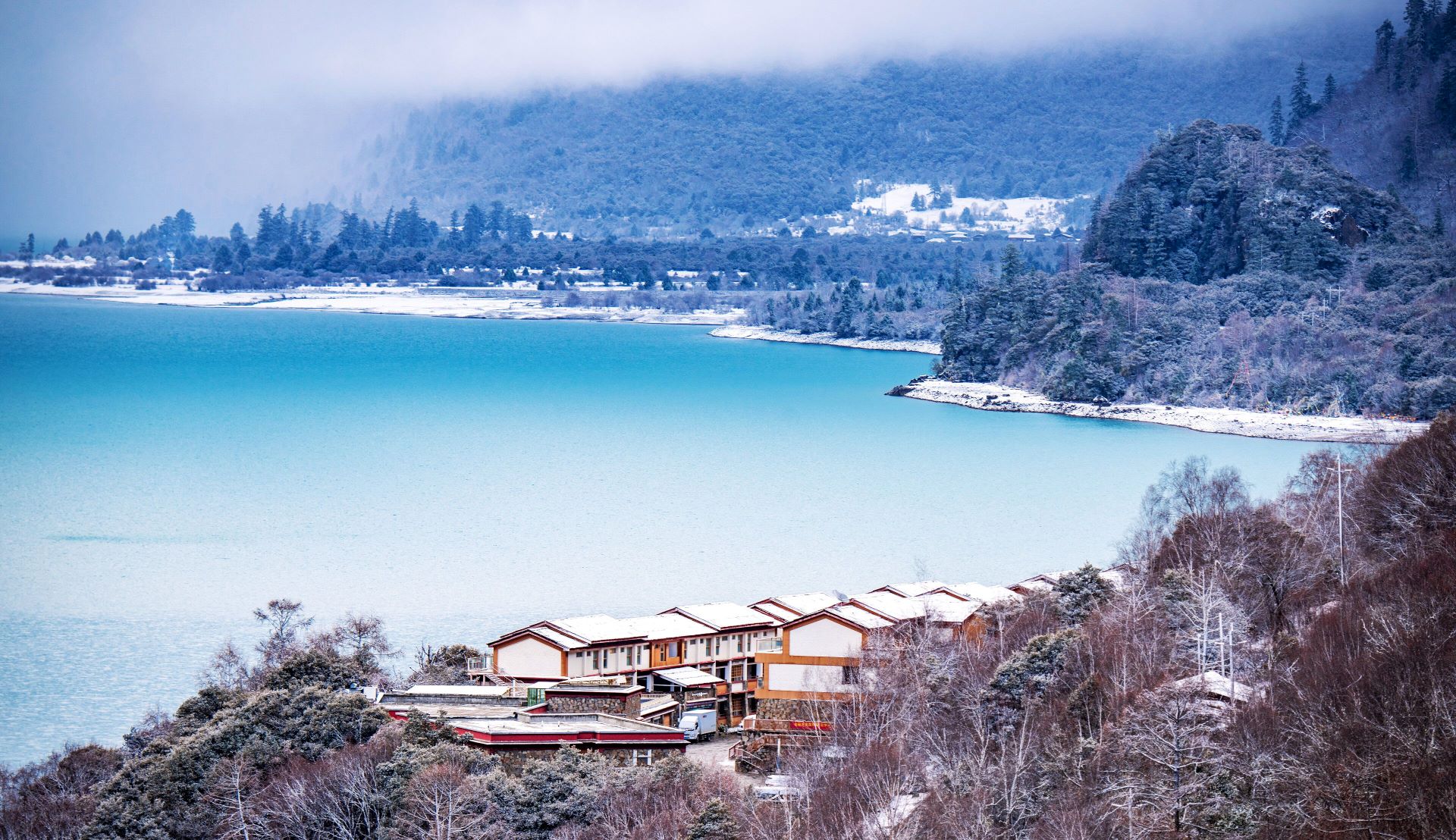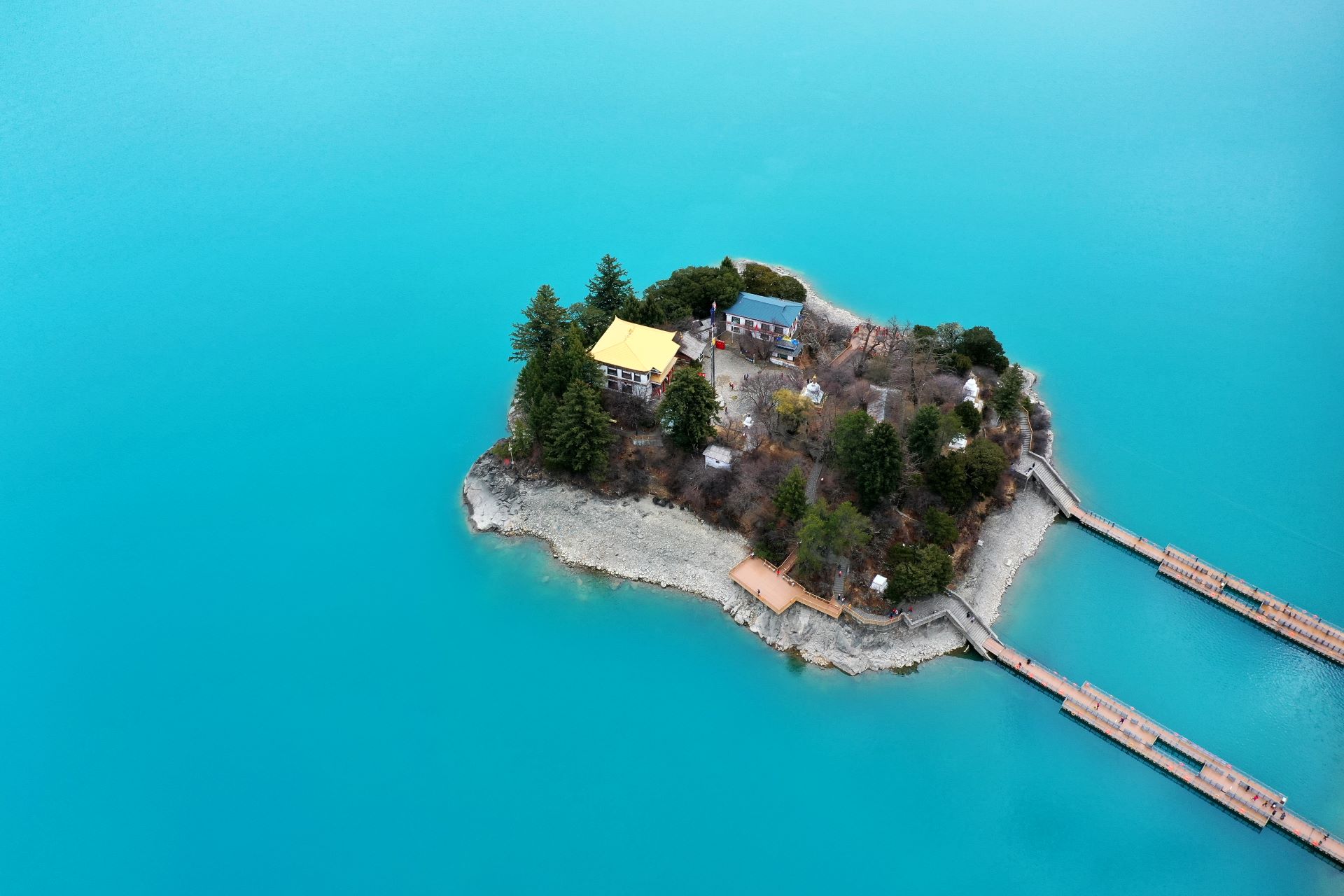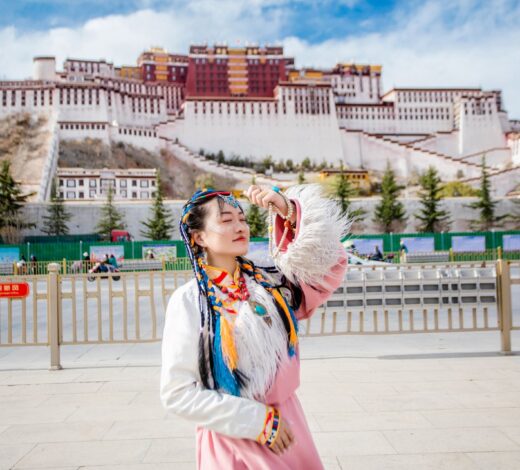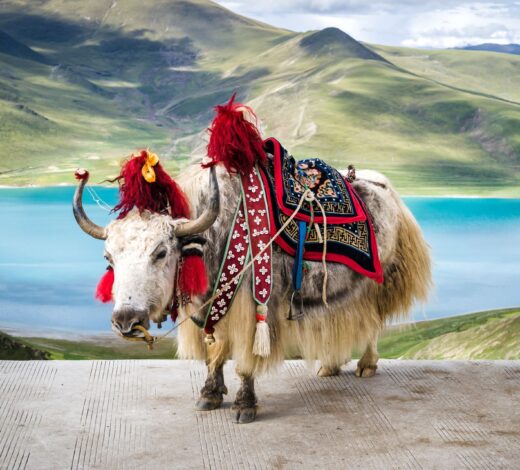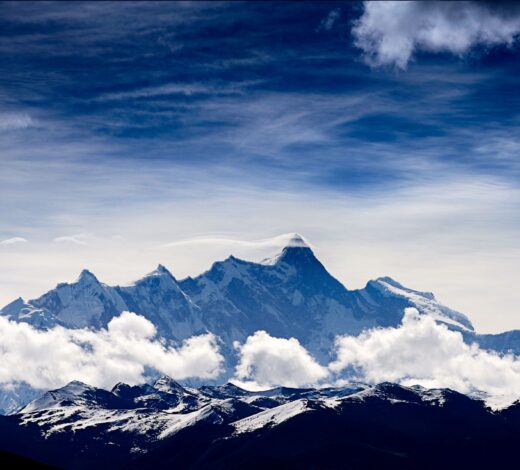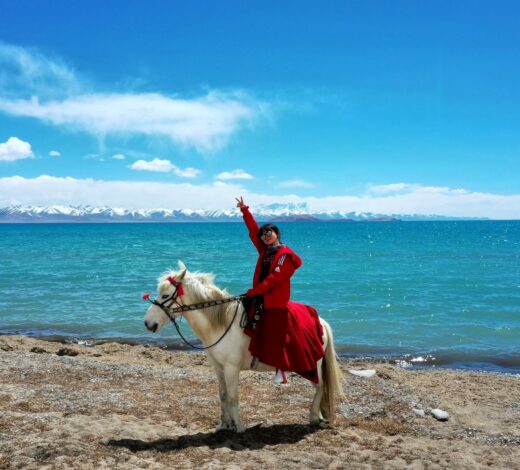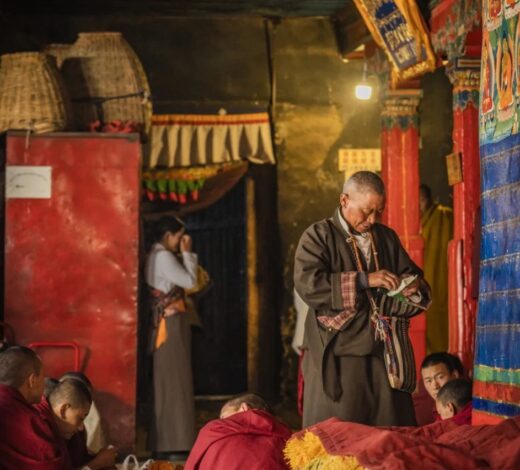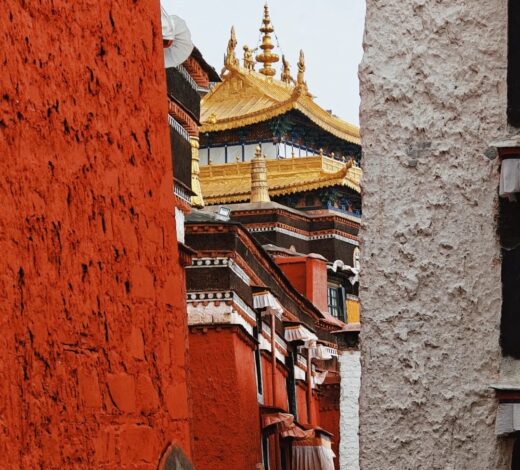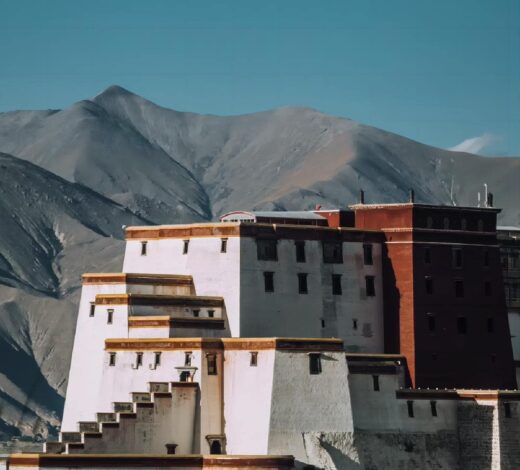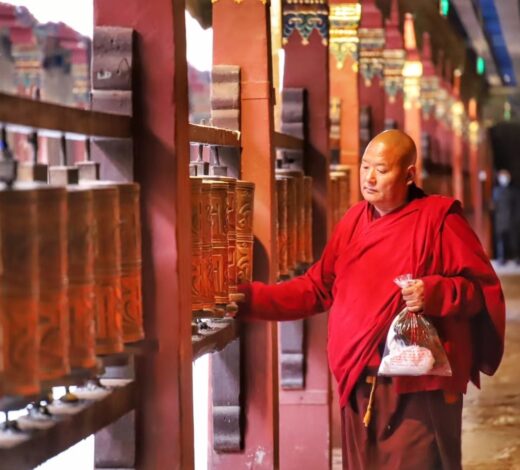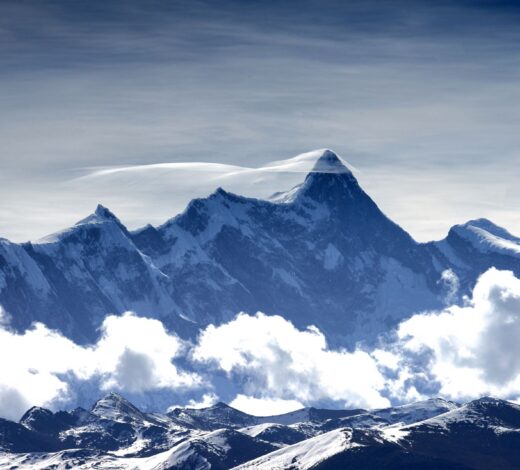From Nyingchi to Sejila Pass — A Journey to Admire the Majestic Nanga Bawa Peak
Departing from Nyingchi, the road gradually climbs upward for about 1.5 hours to reach Sejila Mountain Pass, one of the most spectacular viewpoints in eastern Tibet. Here, travelers gather to catch a glimpse of the mysterious Mount Nanga Bawa — known as the “Most Beautiful Mountain in China.”
Located at the intersection of the Himalayas, Nyenchen Tanglha, and Hengduan Mountain Ranges, Nanga Bawa Peak is the highest mountain in Nyingchi, with an elevation of 7,782 meters. As the eastern anchor of the Himalayas, its sharp summit pierces the sky like a divine spear. Shrouded in mist year-round, the peak often appears wrapped in clouds that swirl like sacred incense, adding a veil of mystique to its grandeur.
The mountain’s striking silhouette and spiritual presence have earned it poetic nicknames such as “Spear that pierces the sky” and “Mountain closest to heaven.” Spotting the full peak is considered a rare blessing — nine out of ten may miss it, making the lucky few who witness it feel truly favored by nature.
From Sejila Pass, you can also witness breathtaking sunrises, cloud seas, and endless alpine forests, making it a must-visit destination for photographers and nature lovers alike.
Lulang Forest – The “Swiss Alps of Tibet”
The word Lulang means “Dragon King Valley” in Tibetan. Known as the “Swiss Alps of Tibet”, Lulang Forest is a mystical alpine woodland nestled in mist and mountain clouds, located in Lulang Town, Nyingchi County, along the Southern Sichuan-Tibet Highway (G318), about 80 kilometers from Bayi Town.
With elevations ranging from 2,700 to 4,200 meters, Lulang is blessed with a warm and humid plateau climate, enriched by the Indian Ocean moisture flowing in through the Yarlung Tsangpo Grand Canyon. The region is lush, vibrant, and often referred to as the “Jiangnan (water-rich south) of Tibet.”
Wander through the forest to breathe pure, free highland oxygen, interact with local Tibetan horses, or try traditional archery activities. Surrounded by snow-capped peaks, deep gorges, and dense pine woods, Lulang offers a rich tapestry of meadows, wildflowers, and crystal-clear streams. Hidden within the forest lies a jade-green lake reflecting the blue sky, white clouds, and surrounding mountains. You might even spot squirrels leaping between branches, adding vitality to the tranquil landscape.
Strolling along the wooden trails, birdsong fills the air — some bright and clear, others mellow and melodic — as if telling ancient tales of the land. Every tree in Lulang stands as a guardian of nature, and every corner radiates with the pulse of life. From distant snow-covered peaks like cotton, to ever-changing fog at your feet, Lulang is a dreamlike painting in motion.
Lulang Town – A Hidden Highland Village with Lakeside Charm
Descending from Lulang Forest, a 10 km drive brings you to Lulang Town, located at 3,280 meters above sea level. The town is built along the river, with traditional red-and-white Tibetan architecture blending harmoniously with the natural surroundings. From afar, the town looks like a fairy-tale land — part Tibetan plateau, part Jiangnan-style water village.
Lulang is picturesque all year round:
Spring is filled with blooming wildflowers,
Summer brings dense green forests,
Autumn paints the landscape with golden wheat fields,
Winter reveals turquoise waters under a clear blue sky.
One of the most recommended spots is Zha Xigang Village, known for its flower-scented air, tranquil scenery, and well-decorated Tibetan-style homestays and guesthouses. In autumn, golden wheat fields stretch across the landscape, making it a photographer’s paradise. Many visitors choose to stay overnight here to fully enjoy the tranquility and beauty of this magical village.
Overnight Stay: Interstellar Hotel at Basum Tso Scenic Area
End the day with a peaceful night at the Interstellar Hotel near Basum Tso Lake, where you can enjoy the silence of the highland night sky under countless stars.

